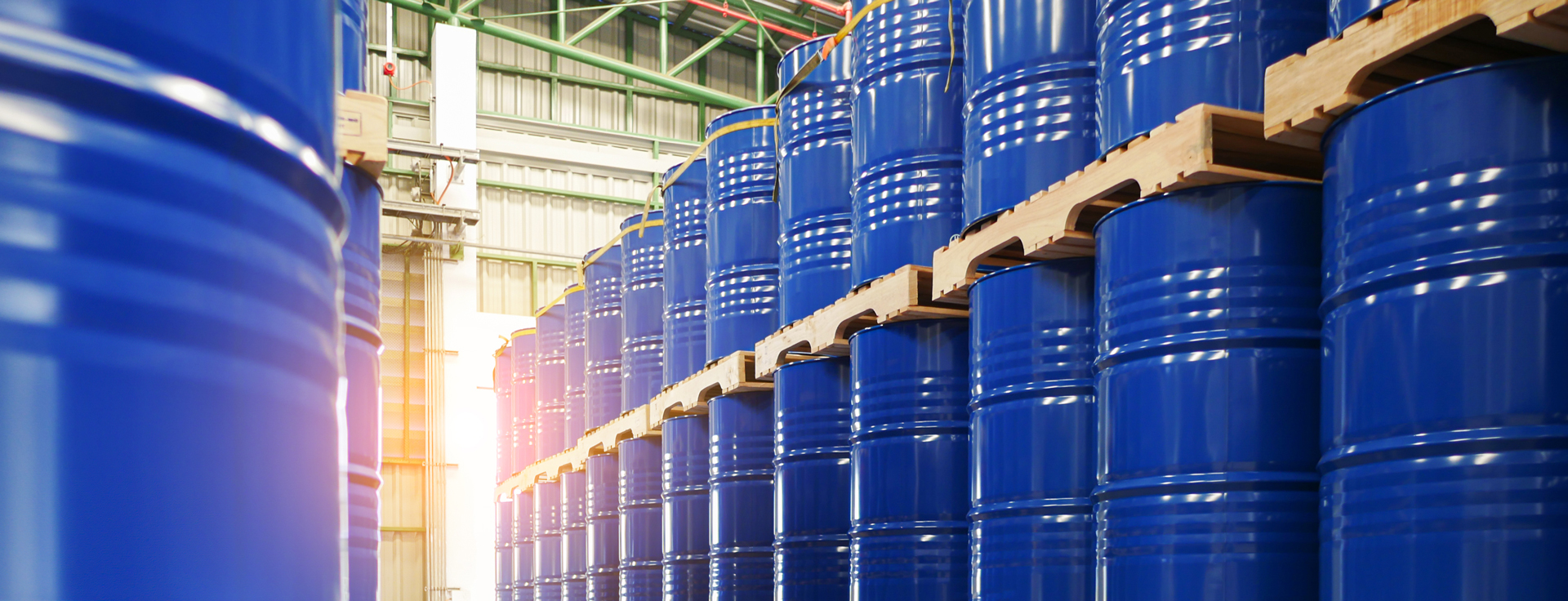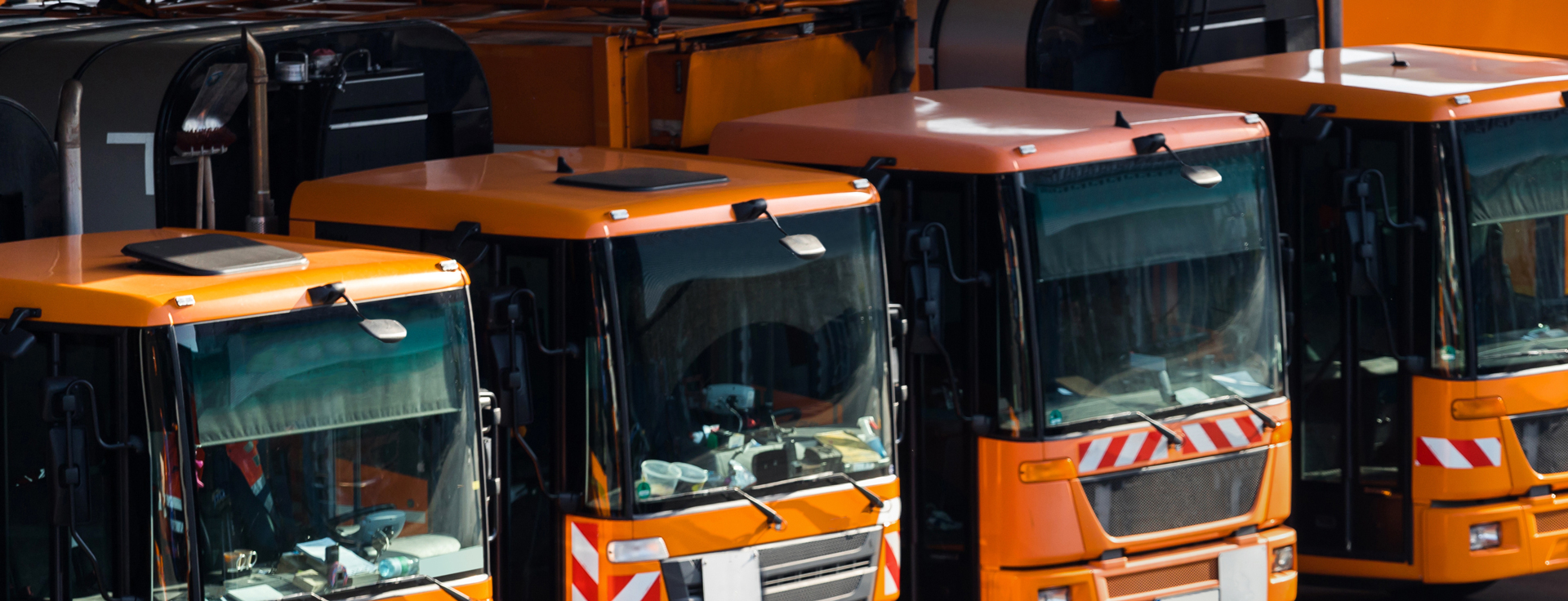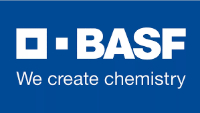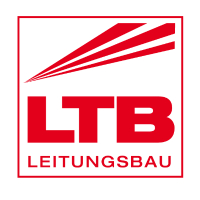Security Solutions for Municipal Waste Management
In a dynamic world, security in municipal waste management is of critical importance. Our comprehensive access control solutions provide reliable protection for companies operating in this sector.
Secure critical infrastructure now!
Municipal waste management ensures cleanliness and hygiene in both urban and rural areas, while also supporting proper disposal practices in line with environmental protection standards. Access control systems help meet the high safety requirements for environmental and public protection, ensuring smooth and efficient operations.
Why Security Matters for Waste Management Providers
The municipal waste sector includes private and public entities responsible for collecting, transporting, treating, recycling, and disposing of waste. This also involves handling hazardous waste from critical infrastructure, such as healthcare and energy sectors. By ensuring proper disposal, these organizations contribute to public safety, environmental protection, and resource conservation.
Technical disruptions in facilities can impair the functionality of recycling or waste incineration plants. Therefore, operators must comply with legal standards such as ISO 14001 (Environmental Management) and ISO 27001, and implement security strategies to prevent accidents or environmental damage caused by unauthorized access to hazardous materials and facilities.
Providers in the Municipal Waste Management Sector
| Industry | Services |
|---|---|
| Collection and Transport | Municipal waste collection and transportation Storage, Interim Storage, and Transfer |
| Recovery and Disposal | Thermal treatment, e.g. waste incineration plants Mechanical-biological or mechanical-physical treatment Biological treatment, e.g. composting and anaerobic digestion facilities Mechanical treatment, e.g. shredding, sorting, compacting, and palletizing Sorting of municipal waste, e.g. sorting facilities |
Source: Classification of Operators and Services in Critical Municipal Waste Management Facilities, as of July 2024
How access control supports you
in meeting diverse requirements
As a long-standing partner and provider of security and access control solutions, Interflex understands the specific requirements of operators in critical infrastructure sectors. We support you early in the process by assessing your existing security concept and helping you select appropriate physical security measures. Our goal: to implement a robust, reliable access control system that aligns with your security objectives, protects your employees and the environment, and enhances operational efficiency and compliance.
High Security Standards
Access control systems prevent unauthorized individuals from entering sensitive areas where hazardous materials may be stored or processed. They ensure that only trained and authorized personnel have access, and protect against theft, vandalism, and sabotage.
Legal and Regulatory Compliance
Access control enables seamless documentation of entries, which is essential for audits and inspections. It also supports compliance with strict regulatory requirements.
Efficient Operations
Access control ensures that employees only access areas relevant to their tasks, reducing the risk of accidents involving personnel, third parties, or the environment. A centralized, software-based visitor management system ensures that external visitors are only granted access during designated times and under supervision.
Emergency Management
In the event of an emergency such as a fire or chemical incident an access control system helps quickly identify who is on-site and where they are located. This enables targeted evacuation and rescue efforts. Additionally, specific doors can be automatically locked or unlocked in response to alarms.
Protection of Infrastructure and Corporate Assets
Controlling access to critical facilities prevents operational disruptions and reduces associated costs. Access control plays a key role in safeguarding confidential information and trade secrets, as well as securing IT systems and control rooms against unauthorized access.
Interflex Access Control:
The Complete Solution for Diverse Applications
Protecting Employees and the Environment

Relevant Locations: Hazardous materials storage facilities
Tailored Solutions:
- Multi-factor authentication: Access for specially trained personnel via personalized ID technologies (LEGIC advant or MIFARE DESFire EV3) and/or PIN codes
- Biometric solutions: From fingerprint 2D/3D verification to facial, iris, and hand vein recognition for high-security areas
- Central security control center: Enhanced safety through integration of video surveillance, intrusion and fire detection systems, and building management technology
- Dynamic evacuation list: Real-time overview of all present and absent individuals and evacuation zones in case of emergency
Your Advantages:
- Access control prevents unauthorized entry that could lead to serious accidents, environmental damage, or legal consequences.
- Modern ID and authentication technologies help you meet strict safety regulations by complying with current security standards. Biometric solutions offer an additional layer of protection.
- By ensuring that only authorized personnel access highly sensitive areas, you reduce the risk of accidents, infrastructure damage and environmental harm - while safeguarding your workforce.
- Our access control solution provides an integrated system that allows you to harmonize your security infrastructure via a central control center. This enables comprehensive real-time monitoring and auditing.
- In the event of an evacuation, you can immediately identify who is on-site and where they are located. This supports targeted rescue operations and ensures audit readiness.
Protecting Sensitive Processes and Equipment from Vandalism

Relevant Locations: Recycling and processing plants
Tailored Solutions:
- Role-based access rights with IF-6040 Access: Definition and cross-organizational management of access permissions for trained and authorized personnel based on roles, responsibilities, defined zones, and security areas. Managers, technicians, and cleaning staff receive differentiated access rights.
- Real-time monitoring and alerts: Audit-proof logging and monitoring of all access control events in a central system. Includes door control and door status monitoring for rapid response and automatic notification of security personnel in case of incidents or tampering attempts.
- Opendor: Fast, wireless, and easy retrofitting of access points using battery-powered locking components. Enables real-time integration of doors and access points into a central monitoring system.
- Robust outdoor access terminals: IF-800/W01 and IF-800/W02 with impact-resistant, vandal-proof housing (IP65 rating), including door status monitoring and alarm notifications.
Your Advantages:
- Enhanced safety and prevention of accidents or health risks for unauthorized individuals. Additional protection of assets against damage and theft. Streamlined operations through clear access controls and defined responsibilities.
- An access control system like IF-6040 offers simplified administration and high transparency regarding who has access, when, and to which areas. This ensures compliance with strict safety standards and provides a comprehensive overview of your company’s rights and role management.
- Access rights can be quickly and easily adjusted to respond to changing security requirements or personnel changes—while maintaining high safety levels and regulatory compliance.
- By integrating with other security measures such as control centers, alarm systems, and video surveillance, you strengthen the protection of your critical facilities.
- With Interflex’s access control solution, you benefit from a long-term, cost-effective system. Electronic access control—whether centralized or battery-powered like Opendor—is more economical than manual checks due to interoperability, upgradeability, robust hardware, and fast integration. You reduce the risk of costly retrofits, minimize the need for security personnel, and lower the risk of expensive security breaches.
Preventing Unauthorized Use and Theft

Locations: Vehicle depots and loading areas
Tailored Solutions:
- License plate recognition: Access control for parking and loading zones through automated detection of company vehicles, including barrier control and logging of entry and exit events.
- Third-party portal: Audit-compliant management of access rights for external companies, contractors, and suppliers—such as service technicians for maintenance and repairs. Temporary access permissions can be granted for specific areas and timeframes.
- Visitor management with IF-6040: Standardized process from invitation to reception, identity verification, safety briefings, and documentation of visits.
Your Advantages:
- Increase the security level already at the vehicle entrance by verifying multiple criteria. This reduces the risk of unauthorized individuals gaining access to the premises.
- Enhance your overall security by checking vehicle access based on various criteria before entry. This significantly lowers the likelihood of unauthorized access to your site.
- Maintain audit readiness and meet strict security regulations by ensuring full transparency over who - whether employees, suppliers, or external service providers for maintenance or repairs – was present on your premises, when, and where. This helps you identify potential physical security gaps at an early stage.
- Ensure that no unauthorized visitors are present on-site without a safety briefing, effectively protecting your company assets and personnel.
Secure your business:
5 steps to a reliable access control system
- 1
Analyse
Comprehensive analysis of your security requirements and existing systems
2
Planning
Development of a tailor-made security concept
3
Installation
Installation and configuration of the components relevant to you
4
Handover
Training for safe use of your system
5
Support
Regular and reliable service and support
Why KRITIS companies choose Interflex
Maximum security with minimum effort
With Interflex, KRITIS companies can manage their access and authorization processes digitally, automatically, and efficiently. Whether it's escalations, special approvals, or temporary access, clearly defined workflows ensure smooth processes and maximum security in everyday operations.
Legally compliant and auditable
All accesses, movements, and changes are documented seamlessly and in an audit-proof manner. This means you not only meet internal compliance requirements, but also legal requirements such as NIS2 or the KRITIS regulation – and are ready for audit at any time.
Flexible, scalable – and tailored to KRITIS requirements
KRITIS companies need solutions that can be seamlessly integrated into existing security and IT structures – without compromising availability or compliance. Interflex's modular systems are designed precisely for these requirements: scalable for growing infrastructures, flexible for individual processes, and future-proof with regard to regulatory developments.
- 0,0 Millionen
Our systems manage around 5.8 million employees every day
- > 0 Companies
Many of the top 500 companies in Europe rely on Interflex
Would you like to know how our security solutions perform in practice?
Take a look at our references and find out how companies from a wide range of industries have transformed their access and security processes with Interflex.
Frequently Asked Questions - Access Control in Municipal Waste Management
- What threats do municipal waste management companies protect against with access control?
Companies in this sector face a wide range of risks. Physical security is a top priority - access control restricts unauthorized entry to critical facilities, buildings, and sensitive information. This helps prevent theft of equipment, vehicles, or materials, as well as vandalism and sabotage.
Accidents and environmental hazards, especially in facilities handling hazardous substances, can be avoided by limiting access to trained and authorized personnel. Visitors receive controlled, temporary access only. Security incidents can severely disrupt operations, leading to financial losses and reputational damage. Access control also protects critical areas such as IT rooms and control centers from unauthorized access.
Outdated security concepts and access control systems may no longer meet technical standards, resulting in legal consequences or fines during audits. Modern access control systems include tools for efficient evacuation management, enabling fast and effective responses to emergencies.
- Who are the key players in municipal waste management?
This includes a range of companies and municipal operations with various tasks and functions. Some of them are: municipal waste disposal companies, environmental and waste authorities, private service providers for waste collection and disposal, recycling companies and material recovery facilities that specialize, for example, in specific materials such as paper, glass, metals, plastics, or organic waste, and sort and prepare waste for recycling.
But companies involved in waste recovery and further processing, as well as operators of storage sites such as landfills and incineration plants, are also among the stakeholders. Additionally, manufacturers of waste containers and collection systems are included.
- Where is access control typically used in municipal waste management?
Typical critical locations and areas where access control can add value to the security of municipal waste management companies include, among others: entry areas such as main gates, office buildings and administrative zones, storage and collection points for waste, recycling and processing facilities, chemical and hazardous materials storage, transport and logistics zones, security and monitoring rooms such as control centers, as well as visitor and contractor management.
- What are typical security requirements for companies in this sector?
Some important requirements include personalized access control using RFID-based badges, cards, or biometric systems, as well as the logging and tracking of all access events in the event of a security incident. In addition, surveillance cameras should be installed at strategic points in outdoor areas and in critical zones, along with the possibility of real-time monitoring via a central monitoring system or through integration with a security control center.
If needed, this enables a rapid response by security personnel. Further requirements include suitable intrusion detection systems, such as sensors and alarm systems supported by door status monitoring. As many access and surveillance systems are now digitally connected, IT security plays an important role. All components used within the network of an access control system should transmit sensitive data in encrypted form, using specific protocols and protected against unauthorized access.









